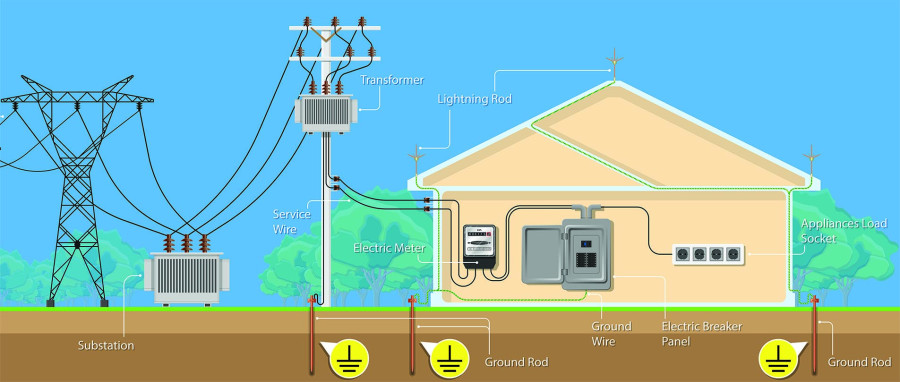Money
Power utility inks agreements to reduce distribution losses
The electricity authority will either reward or punish the chiefs in line with their centre’s result in reducing distribution losses.
Prahlad Rijal
A month after announcing an ambitious target of reducing electricity distribution losses to 8.5 percent from the existing 11.28 percent within a year, the Nepal Electricity Authority has started signing work execution agreements, prioritising reduction of such losses, with the chiefs of its distribution centres.
In a first, the state-owned power utility has signed the agreements with 24 distribution centres which oversee the power grid of Province 1.
Over 1 million households rely on the power utility’s electricity service in Province 1 with distribution loss measured at 12.5 percent, fourth-highest among the seven provinces.
The move, according to the power utility, has been taken to reduce distribution losses, slashing the bill collection cycle, downsize operational expenses and improve the reliability of electricity service.
The power utility has also laid plans to sign such agreements with all distribution centres under its seven provincial and two-division offices.
“An objective evaluation of the performance of distribution centre chiefs based on the aforementioned targets will be carried out at the end of each fiscal year and the utility will reward or punish the chiefs in line with the result,” said Nepal Electricity Authority.
This has come a month after the power utility issued circulars to its provincial offices, distribution centres and division offices to keep tabs on electricity pilferage, upgrade the capacity of transformers and balance the power load.
Out of total available 7551.23 gigawatt hours of energy, the country witnessed leakage of 851.7 gigawatt hours of electricity owing to distribution losses in the fiscal year 2018-19.
The lost energy is more than the annual output of Kali Gandaki A hydel scheme, the largest hydel plant in operation which churns out 842-gigawatt hours of electricity annually.
The centres with high distribution losses—Janakpur, Attariya, Nepalgunj, Biratnagar and Butwal—have been given high reduction targets and the distribution centres with low losses—Hetauda, Kathmandu and Pokhara—have received low targets.
According to Kulman Ghising, managing director of the Nepal Electricity Authority, the focus has now shifted to improving the reliability of energy supply, adopting stern governance measures at consumer touchpoints, and enhancing financial discipline at distribution centres.
“We plan to achieve the reduction targets by optimum utilisation of distribution infrastructure in loss-prone areas, upgrading overloaded transformers and coordinating with the local administration to investigate cases of meter tampering and electricity pilferage,” said Ghising. “Actions will be taken against staffers who take advantage of unaware consumers and overstock the centres with meters and transformers in views of financial misappropriation.”
The reduction of distribution losses is considered by energy officials to be a fundamental effort consistent with achieving Sustainable Development Goal 7 (Sustainable Energy for All) as well as Nepal’s Nationally Determined Contributions for the United Nations Framework Convention on Climate Change.
In the past three years, the power utility has been able to reduce transmission and distribution losses to 15.32 percent from 25.78 percent in fiscal 2015-16.
According to the Nepal Electricity Authority, a 10 percent reduction in energy loss resulted in an increase in revenue of Rs7 billion during the review period.




 14.12°C Kathmandu
14.12°C Kathmandu














